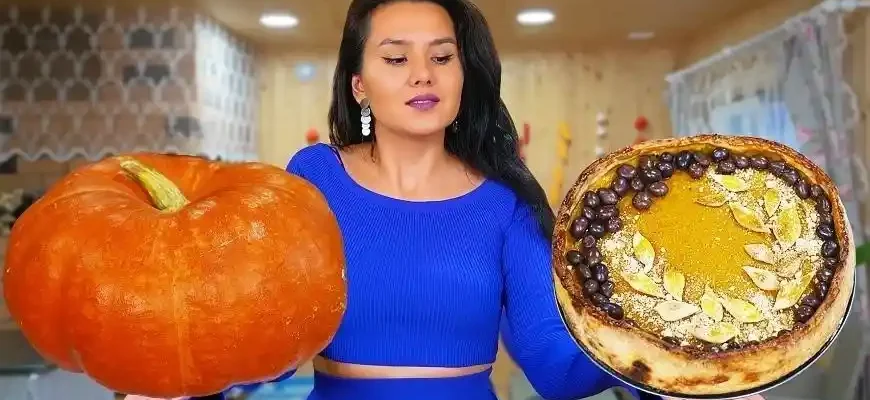As we settle into the golden hues of autumn, one thing becomes crystal clear: it’s pumpkin season. Whether you’re pulling a cozy sweater out of the closet or reaching for a cup of hot cider, pumpkin is everywhere—especially in the kitchen. And while pumpkin pie may be the reigning champion of fall desserts, pumpkin muffins hold their own as a versatile and beloved treat. In this guide, we’ll explore how to make the perfect pumpkin muffin—an easy recipe that is both delicious and nutritious, with a few expert tips thrown in. But we’ll also discuss the potential downsides and offer some ways to solve them, so you can have your muffin and eat it too.
The Magic of Pumpkin in Muffins
Pumpkin, the star of autumn, is not just delicious—it’s also packed with nutrients. This vibrant orange vegetable (yes, it’s a gourd, not technically a fruit) is rich in fiber, antioxidants, and vitamin A. A single cup of canned pumpkin has around 80 calories and 7 grams of fiber. That’s a decent dose of nutrition in a muffin that you might otherwise think of as a sugary indulgence.
The Basic Pumpkin Muffin Recipe
Here’s a basic recipe to get you started. It’s simple, but you can easily adjust it according to your taste preferences or dietary needs.
Ingredients:
- 1 ¾ cups all-purpose flour (you can substitute with whole wheat flour or gluten-free flour if you prefer)
- 1 tsp baking soda
- ½ tsp salt
- 1 ½ tsp ground cinnamon (or more if you love the spice)
- ¼ tsp ground nutmeg
- 1 ¼ cups canned pumpkin puree (or homemade if you’re feeling adventurous)
- 2 large eggs
- ½ cup vegetable oil or melted butter (substitute with coconut oil for a richer taste)
- ¾ cup granulated sugar (you can reduce this amount or swap for a sugar substitute like stevia if desired)
- ½ cup brown sugar, packed (adds a depth of flavor)
- 1 tsp vanilla extract
- Optional: ½ cup chopped nuts (walnuts or pecans work best) or chocolate chips
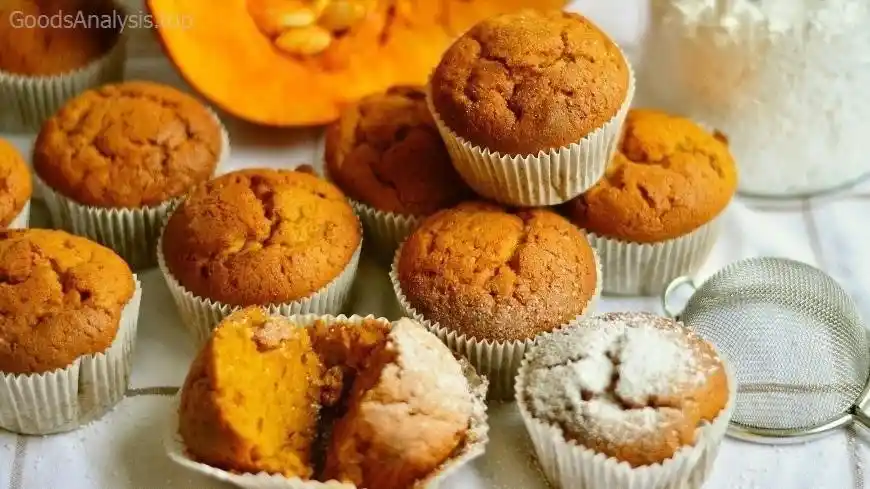
Instructions:
- Preheat your oven to 350°F (175°C). Line a 12-cup muffin tin with paper liners or lightly grease them.
- Mix dry ingredients: In a medium-sized bowl, whisk together the flour, baking soda, salt, cinnamon, and nutmeg.
- Mix wet ingredients: In a large bowl, combine the pumpkin puree, eggs, oil or melted butter, granulated sugar, brown sugar, and vanilla extract. Stir until everything is well incorporated.
- Combine: Gradually add the dry ingredients to the wet mixture, stirring gently until just combined. If you’re adding nuts or chocolate chips, fold them in at this stage.
- Scoop and bake: Spoon the batter into the muffin tin, filling each cup about ¾ full. Bake for 18–22 minutes, or until a toothpick inserted in the center comes out clean.
- Cool and serve: Let the muffins cool in the tin for a few minutes before transferring them to a wire rack to cool completely.
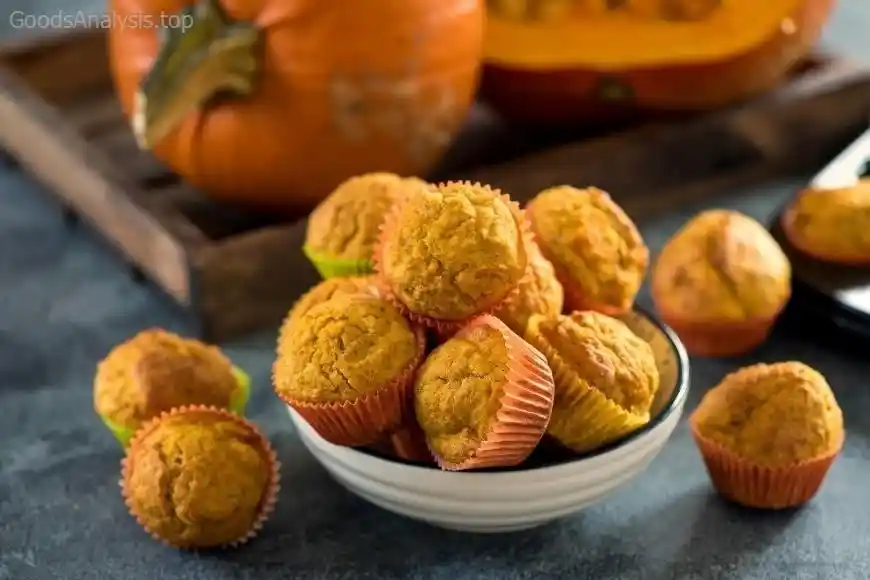
Variations and Customization
The beauty of pumpkin muffins lies in their versatility. You can play with the recipe to suit your dietary preferences, or add exciting new ingredients. Here are a few ideas:
- For a healthier muffin: Substitute half of the all-purpose flour with oat flour or almond flour for a lower-carb option. Swap out the oil for applesauce to cut down on fat, and use a sugar substitute like monk fruit or erythritol for a low-sugar version.
- Add-ins galore: Dried cranberries, raisins, or sunflower seeds can make a great addition. You can even swirl in some cream cheese or Nutella before baking for an indulgent surprise.
- Spices and flavorings: While cinnamon and nutmeg are the classics, don’t be afraid to get creative with cardamom, ginger, or a dash of clove. You can also add orange zest for a citrusy twist.
The Health Factor: What’s Good About Pumpkin Muffins?
Let’s talk about the health benefits for a moment. While muffins are often viewed as a calorie-heavy snack, pumpkin brings some significant nutritional benefits to the table.
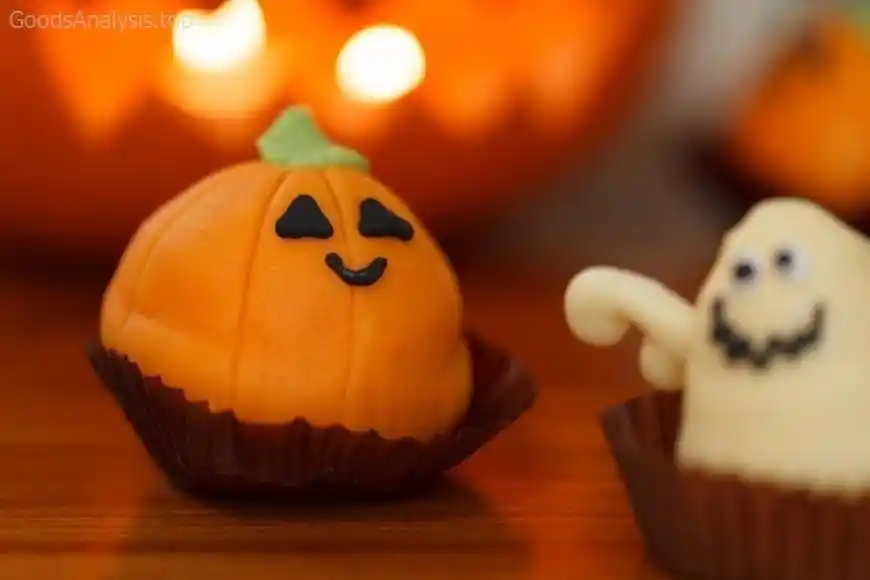
- High in Vitamin A: Pumpkin is an excellent source of beta-carotene, which your body converts to Vitamin A. This nutrient is vital for maintaining healthy vision, boosting your immune system, and promoting skin health.
- Good for digestion: The fiber in pumpkin helps to regulate your digestive system. If you’re dealing with digestive issues, having a muffin (or two) in the morning might just do the trick. (Just make sure to balance your fiber intake with plenty of water.)
- Low in calories: Despite their rich flavor, pumpkin muffins can be relatively low in calories, especially when made with healthier substitutions like reduced sugar and whole grains.
But, of course, there are always a few things to keep in mind. Even though pumpkin itself is a powerhouse of nutrition, muffins tend to be high in sugar and fat (depending on the recipe). It’s essential to be mindful of your portions, particularly if you’re watching your calorie intake or managing conditions like diabetes.
Potential Pitfalls: What Could Go Wrong?
While pumpkin muffins are a pretty foolproof recipe, there are a few common issues that might arise—things that could leave you scratching your head (or wiping away a few muffin crumbs from the counter). Let’s go through some of these potential pitfalls:
- Too dense or dry muffins: This can happen if you overmix the batter or add too much flour. Remember, muffins are delicate—mix just until everything is combined, and that’s it. For drier muffins, check your baking time. Ovens vary, and it’s important to keep an eye on the muffins in the last few minutes of baking.
- Muffins that stick to the liner: If your muffins are sticking to the paper liners, it could be because the muffins are too moist. Try greasing the liners or using silicone muffin cups. Additionally, ensure you’re not overloading the batter in each cup. Too much batter can create excessive moisture.
- Not enough sweetness: If you’ve cut back on sugar, the muffins might not taste as sweet as you’d expect. Adjusting the spices, or adding a glaze or dusting of powdered sugar on top, can help balance that out.
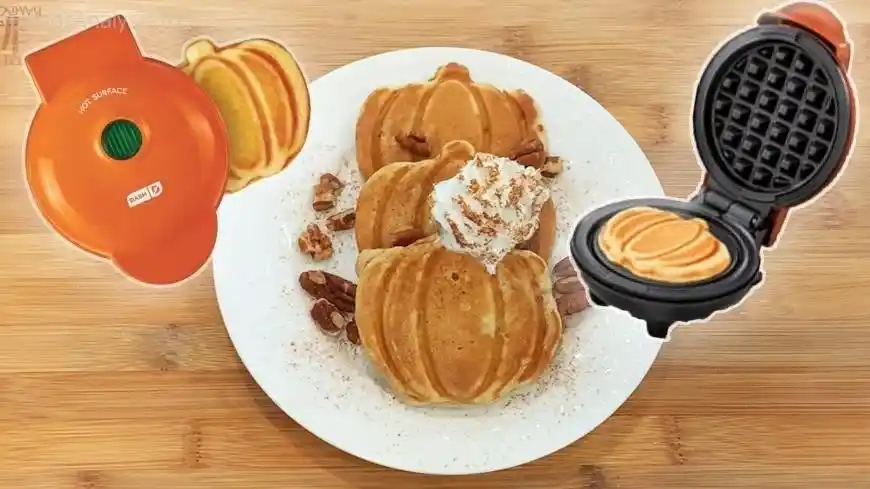
What Do People Think About Pumpkin Muffins?
To offer a broader perspective, here are a few real opinions about pumpkin muffins from a diverse group of people:
- Sophie, 37, Canada: “I’ve made pumpkin muffins for years, and I always love how they smell as they bake. But I cut back on sugar and use almond flour instead of all-purpose flour. They come out fluffier, and I don’t feel so guilty eating them!”
- Raj, 52, India: “I’ve never been much of a baker, but pumpkin muffins were easy to make. I added cardamom and ginger for a little extra kick. Delicious! My kids loved them.”
- Emma, 65, United States: “I’ve tried countless pumpkin muffin recipes, and this one is a winner. The muffins come out moist, and the flavor is just right. I prefer them with walnuts, but I also love adding dark chocolate chips for a little indulgence.”
- Carlos, 44, Spain: “Pumpkin muffins remind me of fall in the U.S. I’m not big on sweet treats, so I reduce the sugar. They’re still good, but I think I might try a savory version next time, with some cheese and herbs.”
- Amina, 29, Nigeria: “I was skeptical about pumpkin muffins at first, but I gave them a try and loved them. I added a little coconut for texture, and they turned out amazing. Now I bake them almost every week!”
Final Thoughts: Pumpkin Muffins Are For Everyone
Pumpkin muffins are a delightful treat that can be made to fit almost any dietary need. Whether you’re looking for something to complement your morning coffee or a snack to share with friends, pumpkin muffins are an easy and satisfying choice. By experimenting with different ingredients and methods, you can make this recipe your own—while still keeping it healthy. So, grab a can of pumpkin, preheat the oven, and enjoy a little slice of fall in muffin form. Happy baking!

